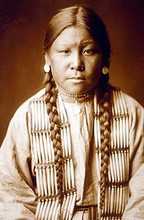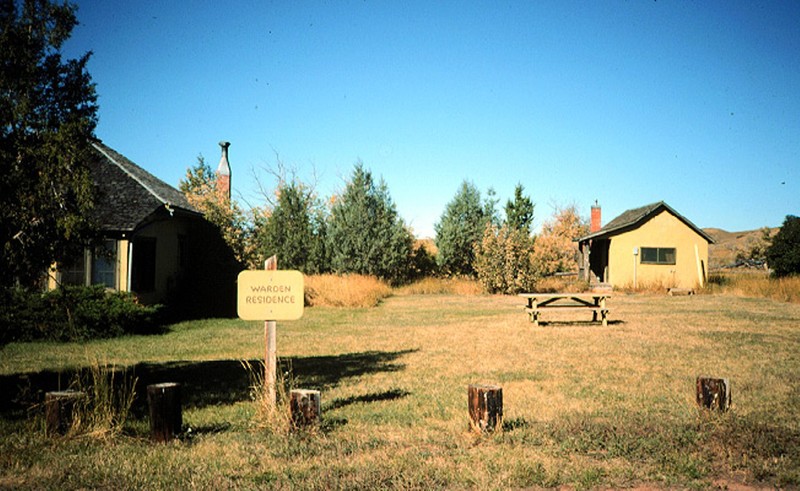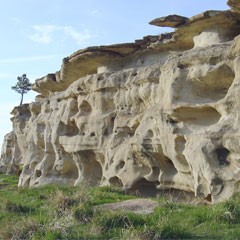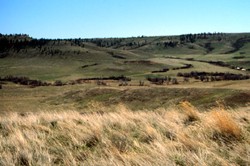Rosebud Battlefield State Park
Introduction
Text-to-speech Audio
Images
Buffalo Calf Road Woman, Photo courtesy of Wikipedia

Old Kobold Family Homestead at Rosebud Battlefield Photo courtesy of Missoula News

Rosebud Battlefield: The Buffalo Jump, (dating back to 3,000 B.C.) Photo courtesy of Montana State Parks

Rosebud Battlefield Photo courtesy of montanakids.com

Backstory and Context
Text-to-speech Audio
The Great Sioux War lasted from 1876-1877 and was shaped by three main battles, the first of which is known as the Rosebud Battle. The conflict took place at Rosebud Creek, Montana, and preceded the more famous Battle of Little Bighorn by eight days. At this location, General Crook’s army fought with their allies, the Crow and Shoshoni Indians, against the Sioux (Lakota tribe) and Northern Cheyenne Indians. Crazy Horse helped to lead the Lakota and Cheyennes to a victory in Rosebud Creek. The battle is of great importance in Native American history as an example of both Native unity and victory.
The Rosebud Battle is referred to as the Battle Where the Girl Saved Her Brother by Native Americans in honor of Cheyenne warrior Buffalo Calf Road Woman. According to Native American historians, a brave woman named Buffalo Calf rode alone into the battlefield to rescue her brother, Chief Comes in Sight. Buffalo Calf's rescue of the chief inspired the Cheyenne in the next battle, which took place at Little Bighorn.
Although Rosebud Battlefield State Park is considered “underdeveloped”, the benefit of this approach has been that the land has not been altered from its appearance during the historical conflict. Surrounding the prairie where the historic battle occurred are interactive signs that interpret the events leading up to the battle, as well as the rest of the Great Sioux War. Visitors can also watch for wildlife, picnic, hike, and even hunt (during permitted seasons). The battlefield is also adjacent to Crow Indian Reserve.
